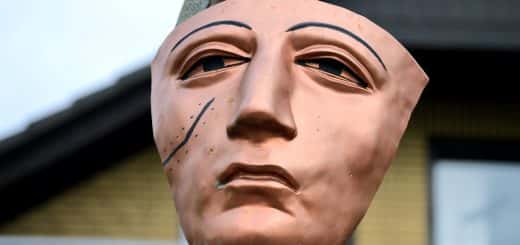Marjolaine Ryley – This is What I see exhibition
 This is What I See reveals twenty years of work by artist Marjolaine Ryley, whose works are poetic evocations of memory that incorporate photography and writing, as well as archives of photographs and found objects. Her fundamental concern is with how we imagine ourselves and our shared histories – through the images we make, and the stories we tell ourselves. In an age where images can be created and shared worldwide all but instantaneously, Ryley’s patient, poetic practice is all but a revelation – asking us to decelerate, and question ‘how we live now’.
This is What I See reveals twenty years of work by artist Marjolaine Ryley, whose works are poetic evocations of memory that incorporate photography and writing, as well as archives of photographs and found objects. Her fundamental concern is with how we imagine ourselves and our shared histories – through the images we make, and the stories we tell ourselves. In an age where images can be created and shared worldwide all but instantaneously, Ryley’s patient, poetic practice is all but a revelation – asking us to decelerate, and question ‘how we live now’.
The exhibition includes over 70 photographic works from across her entire career, including work acquired by the Victoria & Albert Museum for the UK National Collection of Photography. It runs from 15th November 2019 to 3rd February 2020.
The word ‘photo-graphy’ was coined in the nineteenth-century from the ancient Greek terms for ‘light’ and ‘inscription’. Photography is, therefore, an art of writing in light. Across such series as Résidence Astral, Villa Mona and Growing up in the New Age Ryley has proven herself a master poet of the medium. Her work invites us to immerse ourselves in contemplating our own memory – or conversely act as provocations to challenge the dominant order, as a kind of call to arms. Few artists combine and transition between such modes and moods with as much grace, and as pointedly, as Ryley has.
This is What I See includes an entirely new series of photographic prints and writings that has taken three years to realise. The work ‘A Gardener’s Daughter’ examines our relationship to the land and to flora, as it is experienced in cities, in our own domestic gardens, in resplendent public gardens including that of the National Trust property Wallington, as a source both of medicine and solace, and in ordinary allotments that have allowed people access to green space, and to grow their own food for generations. In her own words, “my work links my experiences to broader social, or political narratives, by seeming to combine the family album with the role of document. In doing so it draws attention to how our imagined ideas of history and how our memories shape who we can be and become.”
The exhibition is supported by NEPN (North-East Photography Network) at the University of Sunderland as part of its project ‘Observe, Experiment, Archive’ alongside a group exhibition of photographic work at Sunderland Museum and Winter Gardens.
[Text provided by North East Photography Network]


